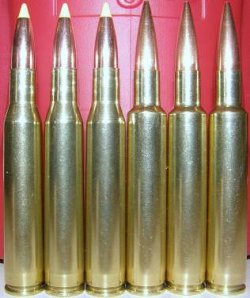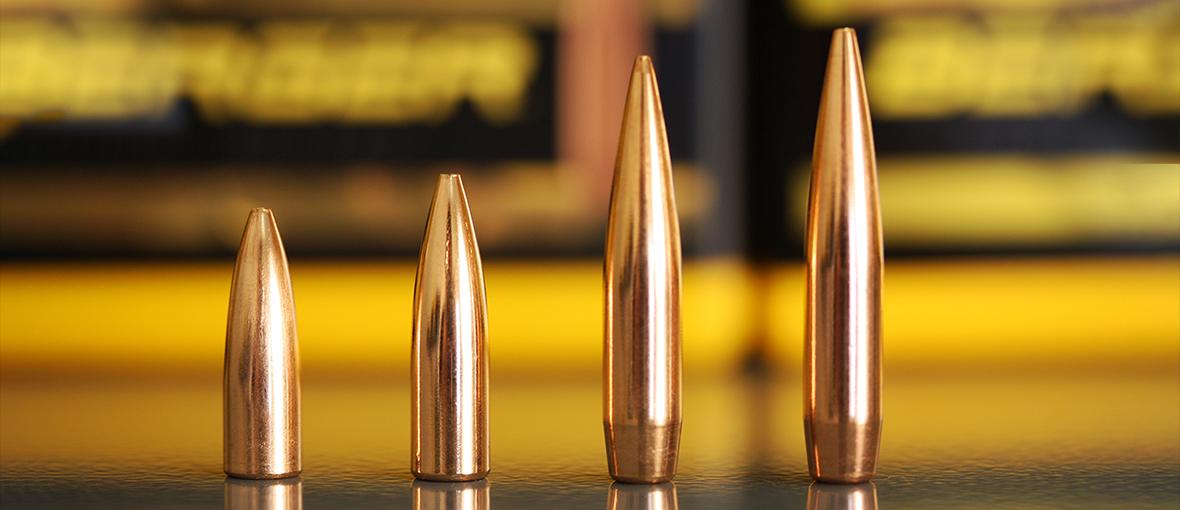Ill add to this discussion my view that heavy for caliber bullets tend to be very good performers for big game, in terms of -internal ballistics- anywsys. They seem to kill well. A lot of the "classic" bullet dia / weight combos had high sectional densities (today those can be topped, bc in general we're talking faster twist rifles today, particularly bc we're now looking at much more aerodynamic bullets which mean longer length and therefore need that faster twist to stabilize).
Anyways, classic combos from long ago got that way because they were found to work in the field. .264/160 .284/175 .308/220 .338/250 .375/300 .416/400 .458/500 i think the SDs for those bullets are pretty similar. Oh yeah, those are classic numbers particularly for AFRICAN hunting. And in may ways, the african fields are some of the harshest / set the highest bar*, so if a combo works well there, it will work anywhere.
*African hunting is often of particularly hard to kill big game, its time consuming / expensive to get there, so people dont want to risk bullet failure, there are usually trophy fees involved, if you shoot an animal you have to pay fee, whether it is recovered or not, african game also often involves things that bite back, so bullet failure gets straight up dangerous when wounded game must be pursued.... all of which tends to mean, if it works in africa it will probably work anywhere.
To be fair, african hunting usually happens at short ranges compared to what is usually is discussed on LRH, but i think its still valid experience for this discussion, bc we are talking about what happens after the bullets impact. Weve swapped out the old Roundnose bullets for VLDs... which we can get away w now due to faster twist, and NEED the high BCs to get the long range ballistics... and now we have the setups to be able to HIT at long range (bullets, barrels, bedding for the mechanical accuracy, far better optics for being able to SEE where the bullet is to go, rangefinders and windgauges + ballistic programs on smart phones to show where to hold, far better reticles or target turrets to help w that holdover / adjustment of POI, etc)
Personally i find it interesting that there have been SO many improvements in modern rifles, bullets, ammunition, optics, support gear... so much has changed... and yet we find ourselves coming back to heavy for caliber bullets. I think that indicates that there is something about heavy for caliber bullets that just seem to work well. For terminal effectiveness id put myself in the camp of believing they work very well on game.
To be fair, a lot of the guys who might obsess over the details in regards to small differences in one bullet vs another, like losing sleep over choosing betw two bullets 10 grains apart, or a berger VLD v hornady ELDM or ELDX... a lot of those guys would probably be bringing down just about the same amount of meat if you gave them Core Lokts to shoot with their current setup... assuming accuracy was there. A man knowing how to shoot, knowing how his rifle hits in the field, knowing where to hit an animal, that still trumps everything else. Of course, those guys arent running core lokts because they wsnt every advantage they can get, and want to try to ENSURE performance rather than just HOPE for it.
Well thats about all the random rambling i have for now, think ill shut up before i start making even less sense



